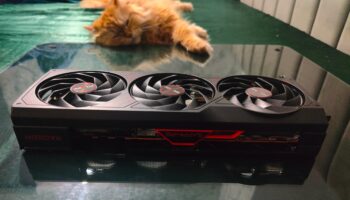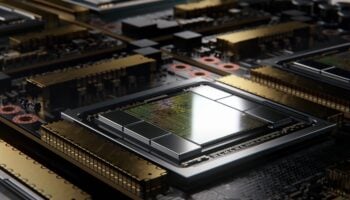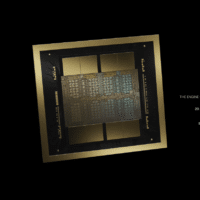
A Chinese YouTuber has tested the NVIDIA H100 data center GPU in some of the latest games, revealing some interesting numbers. Unlike the Ada Lovelace family, Hopper is designed purely for number crunching (compute) rather than 3D rendering. It doesn’t have a display output, making the task even harder. You can overcome this limitation by connecting a second GPU and routing the display.
The H100 lacks dedicated ray-tracing hardware (RT Cores) and has a smaller L2 cache buffer. Out of the 8 GPC (Graphics Processing Clusters), only one has a raster engine and ROPs (Raster Units) while also packing fewer TMUs (Texture Mapping Units). Therefore, the H100 is a 4 SM graphics card with 512 shaders and 24 ROPs.
Upon testing the H100 in 3DMark TimeSpy, the resulting performance was inferior to the GeForce GTX 1050 Ti, a (nearly) 7-year-old graphics card. The Hopper GPU scored 2,681 points in the graphics test, while the GTX 1050 Ti netted 2,756 points. Even an integrated GPU like the Radeon 680M is faster than the H100 with a score of 2,710 points.

This shows how deep the separation of NVIDIA’s graphics and data center GPUs goes. Back in the day, the GeForce and Tesla GPUs were largely the same, but with the advent of fixed-function machine learning and HPC hardware, we see more and more changes between the GPU compute pipelines.





